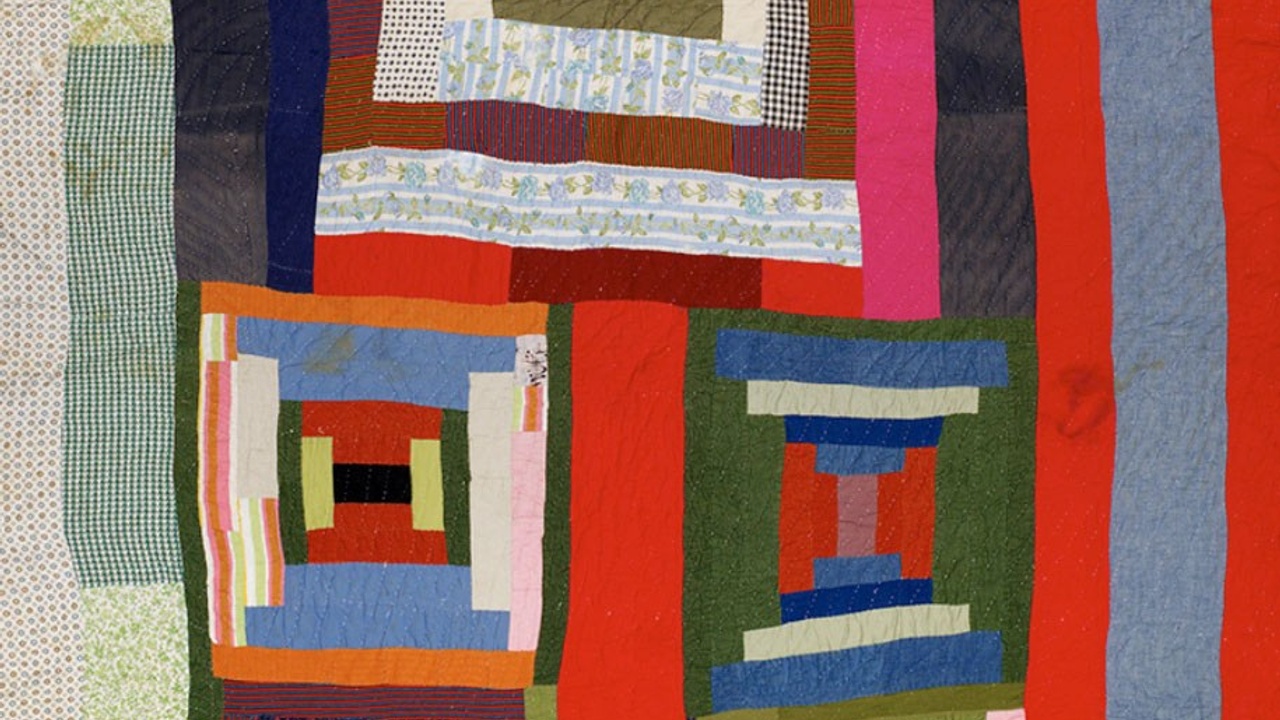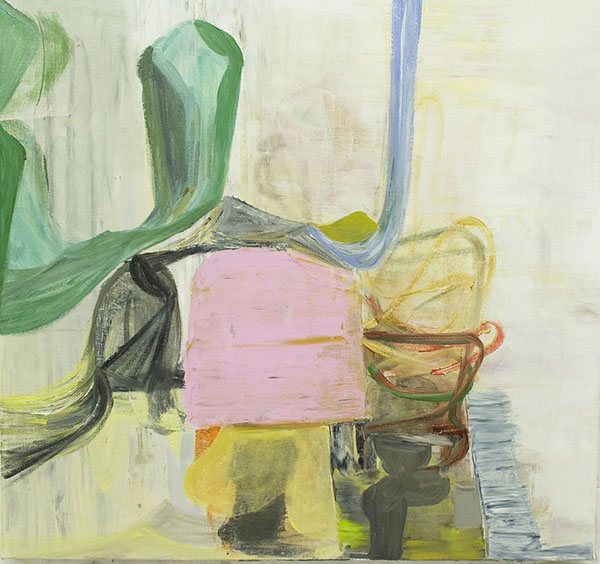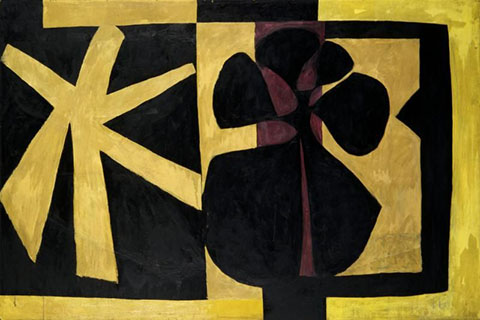
Creating Shape Relationships
"Where do you put a form? It will move all around, bellow out and shrink, and sometimes it winds up where it was in the first place. But at the end it feels different, and it had to make the voyage. I am a moralist and cannot accept what has not been paid for, or a form that has not been lived through."
~Philip Guston
Abstract painting is defined by the existence and creation of shapes and forms and their dynamic arrangement. These shapes can be geometric, organic or gestural and are supported by a variety of characters; lines, marks, dashes and smudges.
There are many ways that abstract shapes are created and constructed. They could be generated from memory, or by deconstructing observations from life or conjured from the push and pull of your materials alone. They maybe be outlined, overlapped or smeared. The possibilities are endless.
![]()
Richard Diebenkorn, Berkeley #57, 1955
We respond differently to different shapes; rigid, bulbous, sharp, loose, geometric, organic. A square or something similar may feel reliable and safe. A more circular shape invokes completion, wholeness and harmony. Triangles, even irregular ones, that point up, give direction and exude power. Triangles pointing down could feel unstable.
Personifying your shapes, and imaging the conversations amongst them is a wonderful way to listen to your painting and respond intuitively.
What are they saying? What is happening in between the forms that energizes the conversation? Where are they placed in relationship to each other?
I like being next to you. You're crowding me. I love you! I want to expand.What happens if we overlap? I'm protective of you. Could you move over just a bit? The pink shape says to the green shape, "what are you doing here? I didn't expect you."

Deborah Dancy, I Did Not See That Coming, 2016, Oil on Canvas 32" x 34"
As an abstract artist, the courage to change and shift the forms in your work, the willingness to ask visual questions, and the ability to see things anew are the the keys to creating strong work. Close observation reveals how the smallest of changes to the edges and boundaries of a shape can shift its character entirely. The overlapping of layered paint, or the scraping away of unwanted elements can evoke an unexpected response.
The more you observe your response, the more your critical looking grows!

Robert Motherwell, Wall Painting III, 1952, Oil on fiberboard, 48" x 72"
"What could be more interesting, or in the end, more ecstatic, than in those rare moments when you see another person look at something you've made, and realize that they got it exactly, that your heart jumped to their heart with nothing in between."
~Robert Motherwell
Join my monthly newsletter and never miss a post
Each month I share explorations of master artists' works, elements of abstraction, and behind-the-scenes of my own painting journey, delivered to your inbox.

